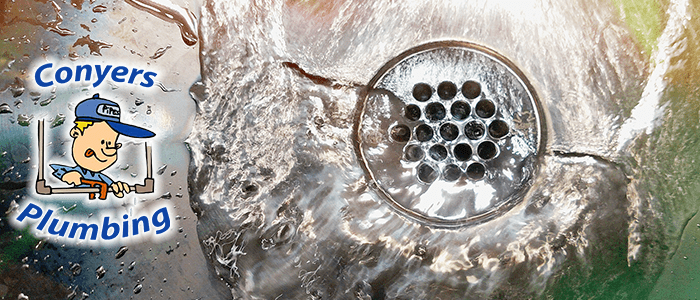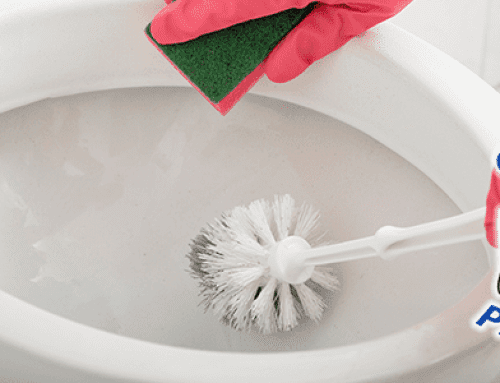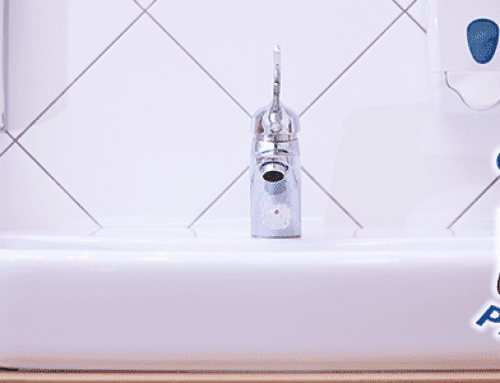Whether a person needs to make some self-repairs or wants to replace their water heater independently, you must properly drain the water heater; otherwise, there can be massive water damage to the home. Although trained professionals should handle water heaters, this article will give the proper steps to a person who needs to drain their water heater.
How To Know When To Drain a Heater
Other than replacing your water heater, here are some tell-tell signs that you need to drain the water heater. For example, if the water heater experiences the following, then it might need to be drained:
Hot Water Doesn’t Last
If the hot water does not last as long as it should, this may indicate sediment built up in the tank. You need to drain the tank to remove the sediment.
Water Turns Rust Color
Since water heaters have a life span of about 10 to 15 years, that means they will eventually deteriorate. For example, if the water from the heater is rust color, then this is a sign that you need to replace the tank and drain the water.
Weird Noise from the Tank
If the water heater makes a weird noise, this is a sign that minerals, mostly from hard water, have built up inside the tank. You need to drain the tank in order to remove the minerals.
Water Leakage
If the water heater is leaking, there is a serious problem with the heater you need to address. This will require draining the tank before it becomes a bigger problem.
Turn Off The Water Heater
The first important step in draining the water heater is to turn it off. For electric water heaters, then you should shut off the electric switch. If the electric switch cannot be found or is difficult to find, turn off the circuit breaker to the heater. If the water heater is gas-powered, then switch to “pilot” before attempting any draining.
Let The Water Cool
Like the name suggests, the water in a water heater tank is hot. Therefore, time should be given to allow for the water to cool down. This usually takes hours as it is best to make sure the water cools down to prevent any serious injury.
Flush The Pipes
After giving significant time for the water to cool down, the next step is to flush the pipes. Before flushing the pipes, it is important to turn off the cold inlet switch. Usually the cold inlet switch is on the top of the heater. After turning off the cold inlet switch, turn on the hot water in a sink and let it run until only cold water comes out. When the water turns cold in the sink, then this will let a person know that the excess water in the pipes has been flushed out, thus releasing pressure. After this step has been completed, the next step is to open the pressure relief valve, thus allowing the additional pressure inside the tank to escape.
Connect A Hose
The next step is to connect a hose to the tank. This will allow the water to drain from the tank into a drain. If the water heater is above ground, then gravity will do its job and drain that tank. If the water heater is below ground, it will need to be connected to a pump to allow the water to drain upwards.
Might Need To Repeat
Depending on the reason needed to drain that water heater in the first place, for example, removing built-up sediment, then a person might need to repeat the process multiple times to ensure the tank has been drained properly.
Call Conyers Plumbing
Although draining a water tank can be done by a layperson, a person can easily get injured or cause damage to their home. Therefore, we always recommend calling a professional to assist you. The trained, license professionals at Conyers Plumbing are available to assist you with your plumbing needs.




